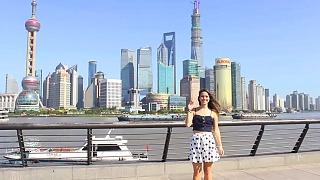Practice makes perfect ...
[640],shadow=true,start=,stop=
Live more ...
 Roller-blading in NingBo
Roller-blading in NingBoPractice makes perfect ...

|
In HeiLongJiang province.
Runs to the end of February, approximately.
|

|
Amazing craftsmanship (actually, so good it is art) and culinary skills ...
|

|
With Rafa Goes Around! ...
|

|
By JiaLing River, BinJiang road ..
ShangQing Temple to XiaoLongKan ...
Auditorium to LiYu Pond ...
|

|
A guide to one of China's most vibrant cities ...
|

|
With Inside China Business ...
|